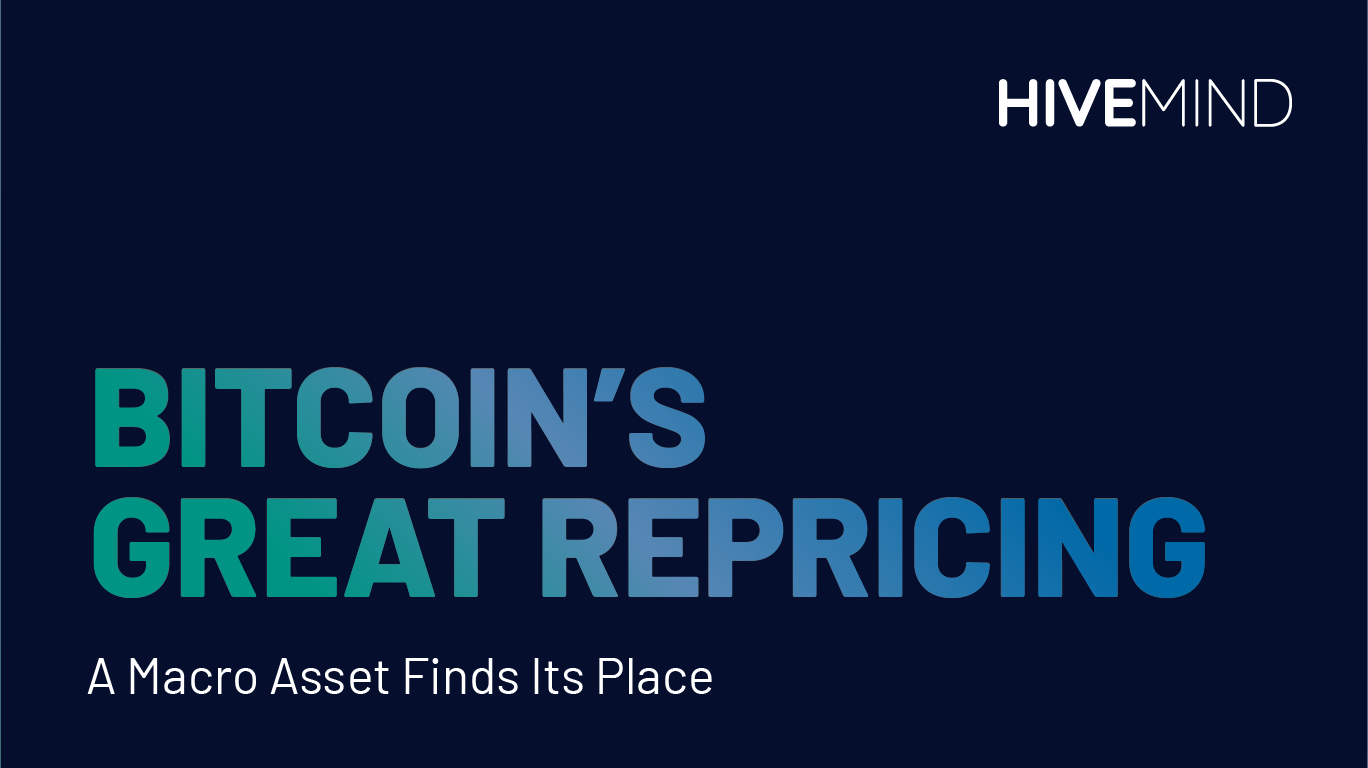Bitcoin’s Great Repricing - A Macro Asset Finds Its Place

“If you don’t believe me or don’t get it, I don’t have time to try to convince you, sorry.” - Satoshi Nakamoto.
Q2 2025 reinforced Bitcoin’s transition from a speculative “digital gold” narrative into a recognised macroeconomic asset. What began as a hedge against monetary debasement is now being adopted as a balance-sheet reserve by corporates, public investment vehicles, and even sovereign entities. The result is a growing structural demand base - the kind historically associated with government bonds or precious metals - that is beginning to change Bitcoin’s price behaviour, risk profile, and role in portfolio construction.
The most visible example remains MicroStrategy, which has continued to expand its Bitcoin holdings as part of a long-term corporate treasury strategy (MicroStrategy Investor Relations). This quarter, however, the list of corporate holders has grown well beyond the pioneer. According to bitcointreasuries.net, more than 250 companies now hold Bitcoin on their balance sheets, collectively owning over 930,000 BTC - roughly 4.4% of the circulating supply - with several new entrants making high-profile disclosures in recent months. Harvard University’s endowment, for example, revealed a $116 million position in BlackRock’s iShares Bitcoin ETF (CoinDesk), while other corporates such as GameStop and Trump Media have also announced significant Bitcoin allocations. This wave of adoption is broadening the buyer base and introducing capital from investors who, until recently, had no direct pathway into digital assets.
Importantly, the trend of asset accumulation by public shells is no longer confined to Bitcoin. Several of these treasury strategies have launched focusing on other assets including Ethereum, Solana, BNB, XRP, TON, LTC, SUI, HYPE and more. For a sense of scale, estimates from strategicethreserve.xyz, as of October 17th, suggest that corporate treasuries now hold ~4.88% of Ethereum’s total supply, which, coupled with the collateral in the ETFs, results in more than 10% of supply being held by public vehicles. While Bitcoin’s role in these portfolios is as a hard reserve asset, Ethereum and Solana are being positioned as programmable reserves — assets that combine monetary characteristics with participation in high-growth technology ecosystems.
This corporate accumulation has given rise to a new category of market participant we describe as Digital Asset Treasuries (DATs) — public companies that adopt a primary or secondary strategy of acquiring and holding crypto assets. It is the same playbook Michael Saylor wrote for MicroStrategy, but it has now proliferated across multiple tokens and corporate structures. In practice, this often involves raising capital via equity or debt and deploying it into digital assets, effectively creating a permanent capital vehicle for crypto exposure. We believe this is functionally similar to “quantitative easing for digital assets,” as it channels fresh, long-term capital into the market in a way that soaks up supply and reduces free float, without any natural path to selling. For investors in these companies, it offers the ability to hold crypto exposure via traditional equity wrappers, removing custody and operational frictions.
At Hivemind, we have been active in this space. As of the second week of October 2025, our team has screened 87+ opportunities in DAT or SPAC-like structures and invested in 10+ where we saw the right combination of balance-sheet strategy, execution capability, and governance. Many of our investments offer not just exposure to the underlying assets but also the potential for outsized returns on a compressed time frame, driven by re-ratings as the market recognises the value of the underlying corporate holdings. Our focus has been on vehicles with a clear capital formation plan, transparent reporting, and the discipline to hold through cycles.
The broader implication is that Bitcoin — and increasingly Ethereum and Solana — is being repriced not purely as a risk asset, but as a core component of corporate and sovereign reserve strategies. This structural bid changes the market’s underlying liquidity dynamics, compresses volatility over time, and reinforces the monetary premium of these assets. For long-term investors, the key takeaway is not the short-term price impact, but the embedding of digital assets into the financial system’s balance-sheet architecture.
Just as gold’s monetary role became entrenched through decades of central bank accumulation, we believe Bitcoin’s “great repricing” will be sustained by these corporate treasury flows. The emergence of DATs adds a new, equity-market-based pathway for capital to enter the space, expanding the universe of investors and strengthening the foundations for the next phase of growth.
